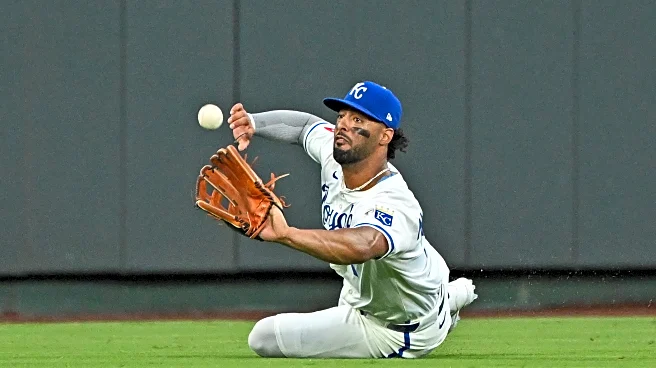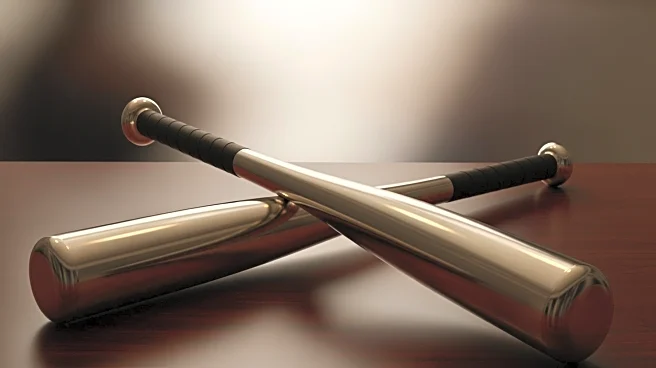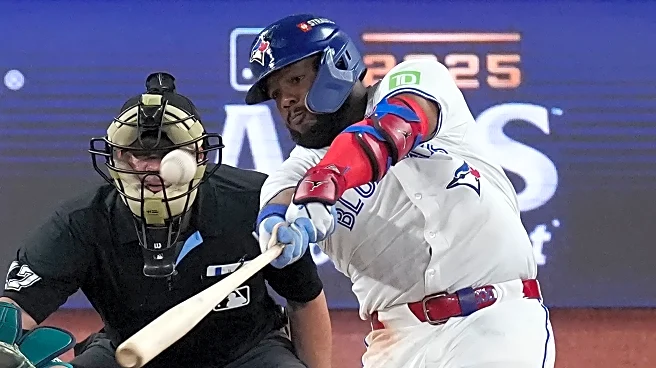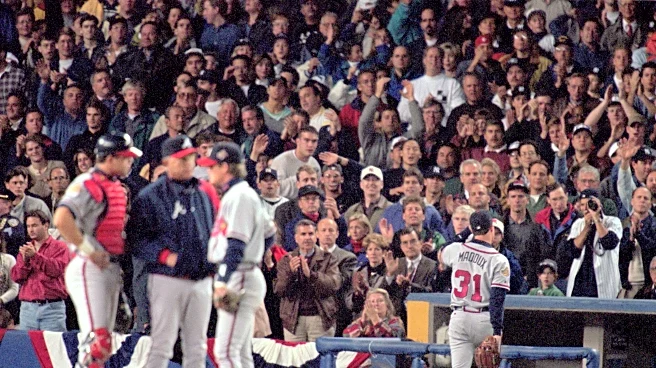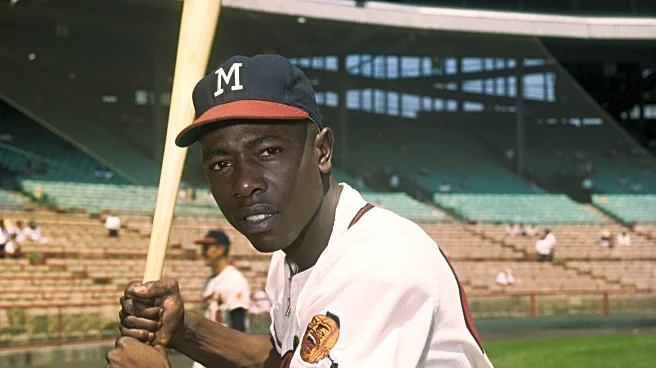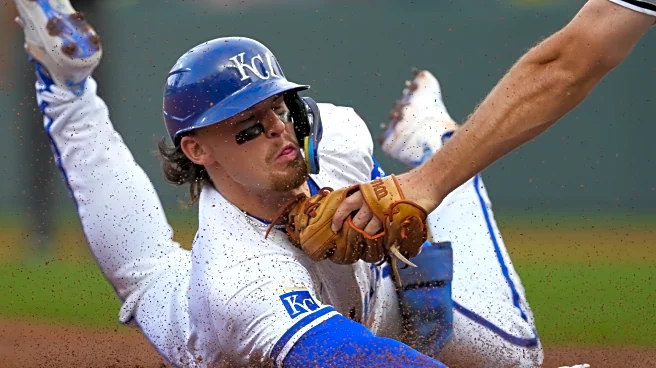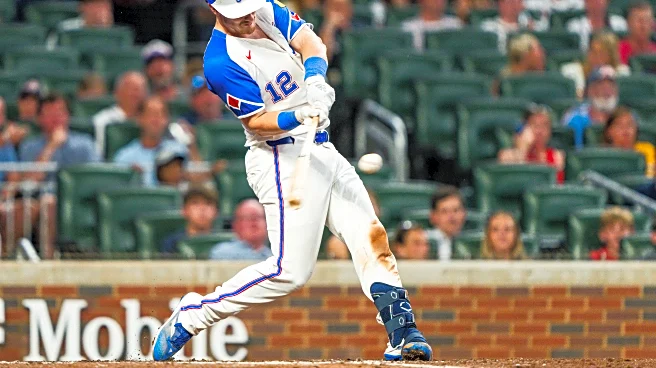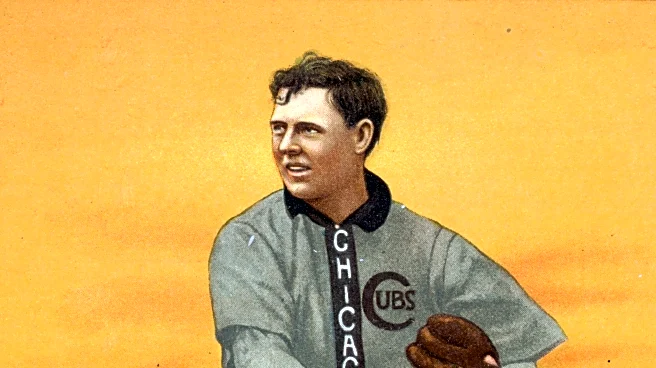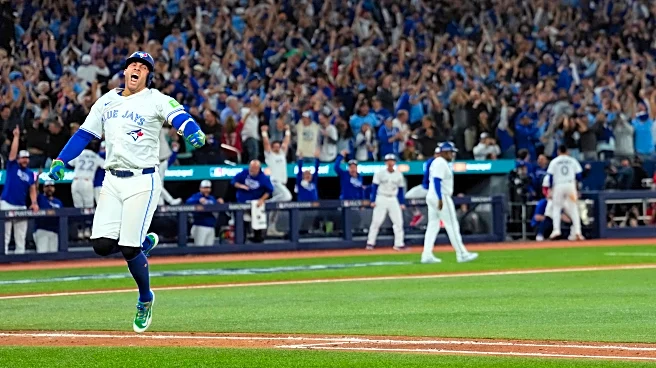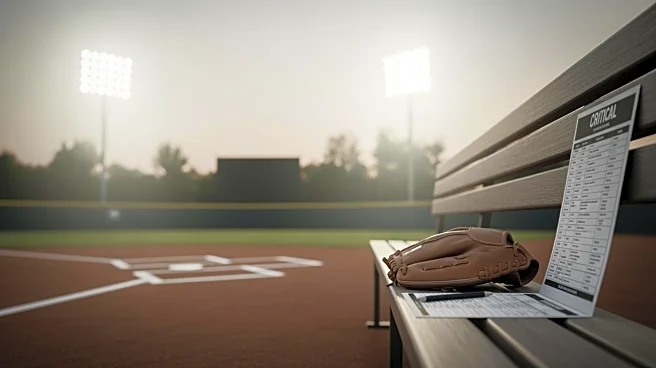Depending on what study or statistic you’re looking at, the average tenure for a player who makes it to Major League Baseball is in the realm of three to six years. That makes every year an important year for pretty much anybody who plays professional baseball.
Still, some years are more important than others. It was clear for MJ Melendez that this year was going to be one of those “make or break” type of seasons. Melendez debuted in his age-23 season and was a league average hitter right out of the gate,
walking at a strong 12.4% clip while showing some power. But he regressed over the next two seasons.
In Februrary, I wrote about Melendez’s new swing that had shown up on social media, titling the article “MJ Melendez is at the biggest turning point in his career.” Two snippets pop out to me.
What I think is most interesting here is the timing. With respect to Melendez’s swing tinkering over the past two years, he was simply doing that: tinkering, tweaking, refining. The offseason is the only time to do a total overhaul. To MJ’s credit, it sure looks like that’s what happened.
…If it works out, he will have likely bought years of playing time and will end up earning millions of dollars. If it doesn’t, well, the status quo wasn’t exactly going to be the kindest to him anyway.
It seemed that Melendez abandoned his new swing almost immediately. In his first 19 plate appearances of the year, MJ had one single and one walk. Through his first 44 games he was striking out at a 36.4% clip. Nothing was working: he wasn’t walking, he wasn’t getting hits, he wasn’t putting together competitive at bats. Melendez had fallen apart.
The worst part was that this wasn’t simply bad luck. Melendez’s expected batting average was .140 and his expected wOBA was .208; neither of those numbers are sustainable. About one in seven of his batted ball events resulted in an infield fly ball. It wasn’t good.
With the team struggling, the Royals sent Melendez to Triple-A Omaha, where he did post a 20/20 season and hit for the cycle. But he was in minor league jail even when players around him got callups to the big leagues, and Melendez’s seven-game return in July was more of the same.
What’s next for Melendez, then? If this were 2019, you could see a world in which Melendez fought back some playing time next year because the Royals had no one else and they were going to lose a bunch of games anyway, and Dayton Moore showed loyalty to players within the system who showed promise.
Unfortunately for MJ, Moore is no longer in charge and Kansas City’s expectations are different. If there was a single takeaway from this year, it was that the Royals can no longer trust deeply flawed youngsters like MJ or fringe veterans like Hunter Renfroe in key spots in the lineup. Moving forward, it’s hard to see Melendez retaining his 40-man roster spot.
If this is it for Melendez as a big league player, he has nothing to be ashamed of. With this being his fourth season with time in MLB, Melendez is firmly in the average camp of big league tenure. So many players never make it, let alone stick around for multiple years and hit 50 home runs. I hope Melendez can even find success elsewhere in the league. It just won’t be, and shouldn’t be, here.
